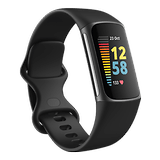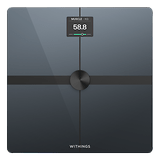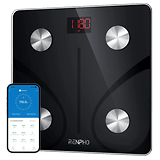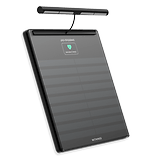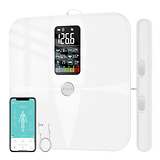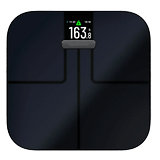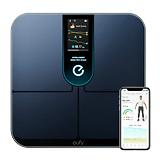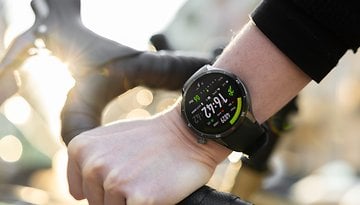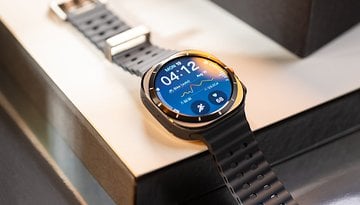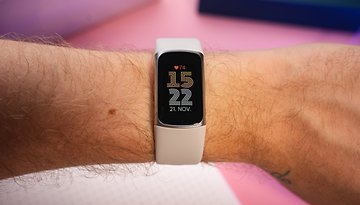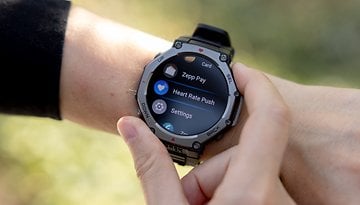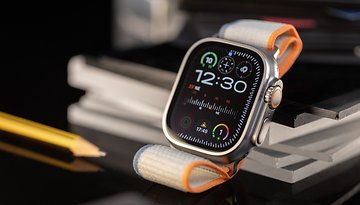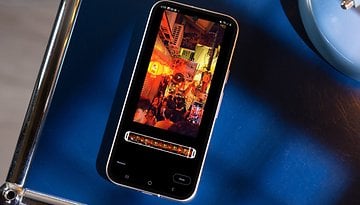Fitbit Charge 5 review: The fitness tracker that aimed for the sky
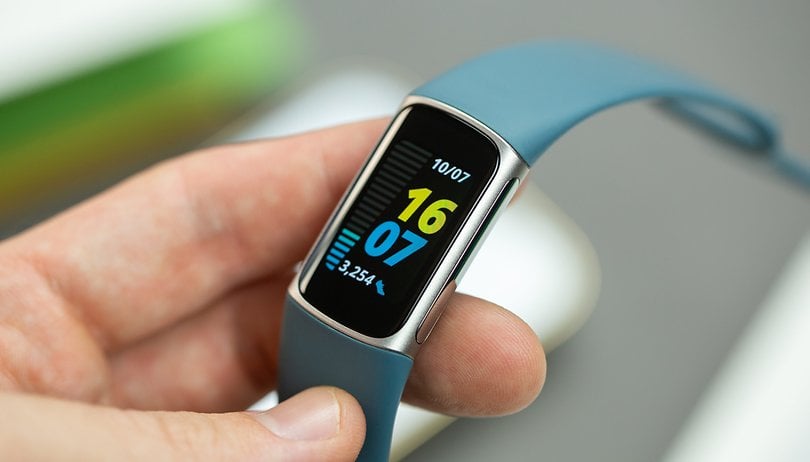

The Fitbit Charge 5 was reviewed by NextPit and scored points right away with its (finally!) fresh design. The ECG function and various anti-stress features are also new to the fitness tracker. However, a big point of criticism found in its predecessor, the Charge 4, remains, while a new problem has been added into the mix.
Good
- Finally doesn't look like a refrigerator from behind anymore
- Wide range of functions including ECG, GPS, SpO2, EDA scan & others
- Easy to use and intuitive app
Bad
- Many features require a paid subscription and/or are incomplete
- Variety of features does not equal to added value
- Integrated GPS is problematic

Fitbit Charge 5 in a nutshell
There is no question about it: The Fitbit Charge 5 offers a wide range of functions. From GPS and pulse tracking to SpO2 and ECG to electrodermal activity, all of these sensors that you have always wished for in a fitness tracker in 2021 have been included. There's also Fitbit Pay (a payment solution) and a fresh, modern design, in addition to an entire universe of content from guided meditation to video workouts.
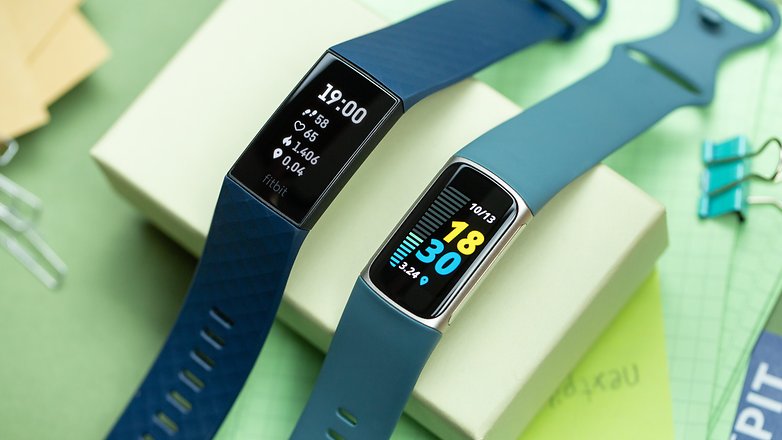
However, all of these come at a price: the recommended retail price stands at $179.95. If you want full access to the fitness content and recorded data, you will have to pay $9.99 a month for Fitbit Premium. Ouch!
Design: Great workmanship, modern look
The redesign was long overdue : With the Fitbit Charge 5, Fitbit bade goodbye to the edgy look of past Charge models and gave its fitness tracker a more modern, organic, and just really chic design. Thanks, Fitbit!
What I liked:
- Sleek, modern design.
- More scratch-resistant case than before.
- Very comfortable silicone wristband.
What I disliked:
- Older wristbands no longer fit.
The body of the Fitbit Charge 5 is made of stainless steel and is available in black, silver, and gold. The manufacturer offers matching silicone wristbands in black, grey-blue, and moon white shades. The stainless steel case is significantly more scratch-resistant than its predecessor. While a key will still leave clear traces in the Charge 4, it does not seem to harm the silver Charge 5's exterior.
Two different wristband sizes are included with each purchase. Compared to the predecessor, the wristbands have become more comfortable and now feel much softer. By the way, the wristbands of the other Charge models are no longer compatible with the new Fitbit Charge 5, but you can find a huge selection of them at Fitbit as well as at third-party vendors, and prices range from the very cheap to very expensive.
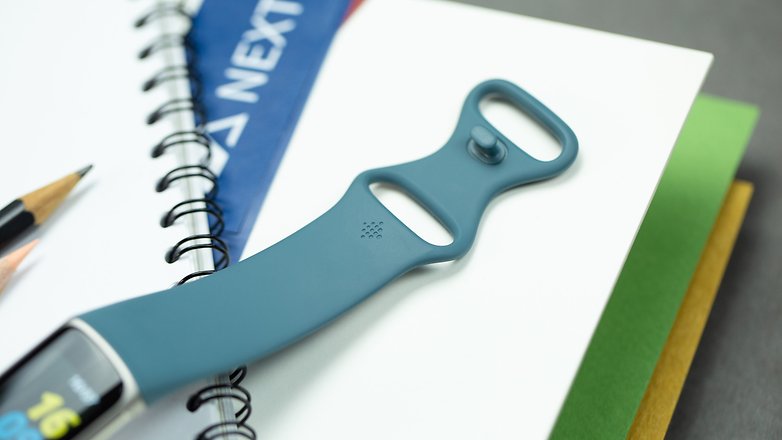
Display & operation: Great all-rounder!
Along with the new design, the Charge 5 has also received a fresh AMOLED display. In addition, Fitbit has overhauled the software. Unfortunately, by doing so, they removed a few features in the process, at least for now.
What I liked:
- Legible under all lighting conditions.
- Good switch recognition.
What I disliked:
- Spotify support removed.
The new AMOLED display is one of the best things about the Fitbit Charge 5. According to the manufacturer, the screen is 50 percent brighter than on the Charge 4, and I felt that that's an understatement. The display is perfectly legible under all lighting conditions and is just plain fun to look at. There's also now an Always-On mode that can be activated at all times, at certain times, or only during exercise.
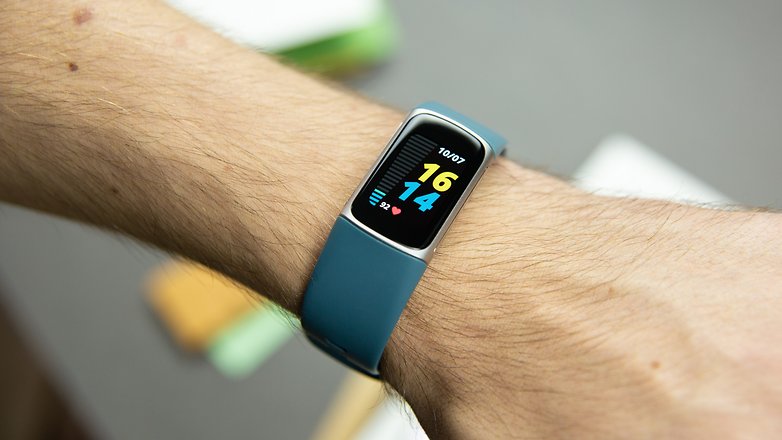
But it also works without Always-On, as your wrist gesture can recognize just when you are viewing the Charge 5 and will subsequently light up the display so that you can tell the time. While it can be somewhat disconcerting if the Always-On display is activated, the screen turns off briefly when the arm is raised and then turns on again when your arm is down. That is not bad in itself, but it does require a bit of getting used to.
The operation concept has also changed slightly compared to the Fitbit Charge 4. By swiping horizontally on the touchscreen, you switch between home screen, notifications, workouts, alarm, stopwatch, and EDA scan. The weather app found in the predecessor has been dropped by Fitbit, as well as Spotify support, which I personally found to be a shame. Replying to notifications is only possible with Android smartphones. Unlike the Versa 3 and Sense, the Charge 5 lacks Alexa and Google Assistant support.
Swiping up from the homescreen will reveal a dashboard with your daily statistics: step count, distance, and activity minutes. Further down are additional details on hourly activity, heart rate, sleep, last night's SpO2 reading, and workouts completed in the current week. Above the home screen, you can access Fitbit Pay and various settings options, such as the Always-On display or the water mode, which protects the touchscreen from incorrect inputs due to the presence of moisture.
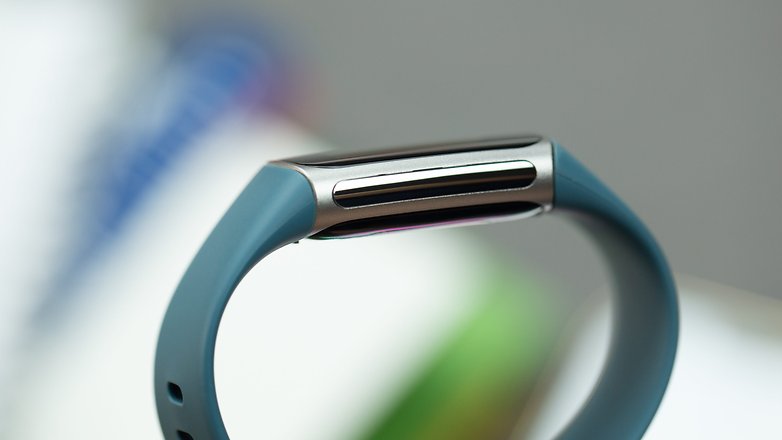
Tracking: The whole works
The Fitbit Charge 5 collects more body data than almost any of its competitors . However, Fitbit struggles to generate meaningful data for the user from the numerous data. And what's even worse is how the integrated GPS sensor turned out to be a complete disaster.
What I liked:
- Comprehensive tracking.
- Above-average accurate heart rate measurement.
What I disliked:
- A lot of data that is not processed well.
- Integrated GPS is practically unusable.
Workout tracking
The Charge 5 tracks workouts in the same way as its predecessors. You select the corresponding sporting activity, and off you go! Compared to the competition, Fitbit offers "only" 21 different workouts, which is a relatively small selection of activities to indulge in. You can sort the disciplines into a total of six slots on the fitness tracker. If you like variety in sports, this is not enough and rearranging the slots is only possible via a smartphone.
Depending on the selected sport, the Charge 5 then displays various metrics during the workout. For running, for example, this includes your heart, heart rate zone, running pace, average pace, time, time, steps, distance, active zone minutes, and calories burned. Depending on the sport, the information varies. When it comes to weightlifting, tracking the distance doesn't make any sense at all.
When running, the Charge 5 now always shows the distance at the top and the current pace at the bottom. You can cycle through all other values during the workout by tapping the display. However, this can be quite annoying when running as the screens cannot be preconfigured. Since tapping the screen while running works better than the lifting your wrist to wake up the display, it's all too easy to accidentally adjust the displayed information. Not ideal.
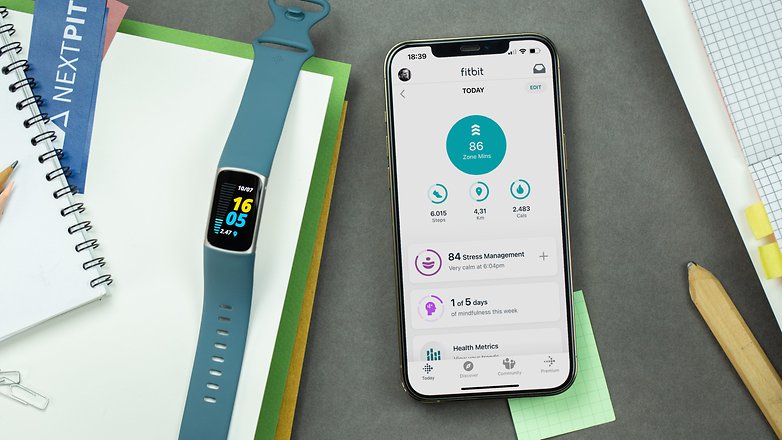
Heart rate: Pulse, resting pulse & other information
One of the most important things about workouts is the heart rate measurement, and here, the Fitbit Charge 5 does pretty well provided you don't wear the band too loosely. When you are at rest, there are practically no deviations compared to a chest strap system. Even in sports that don't involve the movement of hands that much, the accuracy rate is rather decent. It gets a bit more difficult when it involves the likes of yoga or HIIT workouts with burpees, for example, as you will then encounter problems with optical heart rate measurement. In the following table, you can see a few examples of measurements where each has been taken down immediately after the last repetition.
| Exercise | Pulse (chest strap system) | Pulse (Fitbit Charge 5) |
|---|---|---|
| One Leg Medball Burpees | 178 | 152 |
| Medball Jumping Pushups | 174 | 150 |
| Gymnastic Ball Mountain Climbers | 171 | 161 |
| Banana Medball Crunches | 164 | 161 |
Interestingly, the impact on the overall workout is significantly less than the above statistics would suggest. That's because while the Fitbit Charge 5 misses the peak heart rates, it also reacts much more sluggishly to the subsequent drop in heart rate. The average heart rate of the entire workout is even exactly the same between the Fitbit Charge 5 and my Sigma chest strap - but there are significant differences in the maximum heart rate. So if you want to track your calorie consumption based on your pulse, it works wonderfully. However, the maximum pulse is recorded inaccurately.
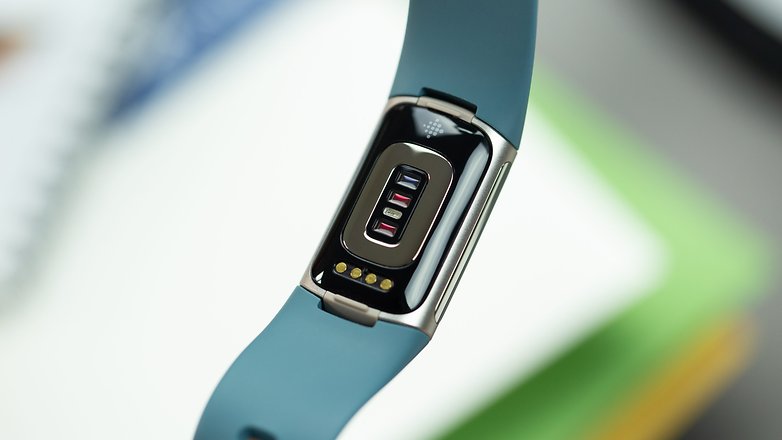
Sleep tracking
Measuring sleep is one of the absolute basics in fitness trackers. The Fitbit Charge 5 performs quite well in this department. The fall asleep and wake-up times match, but it is just a bit strange that Fitbit includes lying around in bed in the morning as part of the sleep period, but then reports it as waking time and then subtracts it from the actual amount of time spent sleeping.
Unlike the Versa 3 and Sense, there is no snore tracking due to the lack of a microphone in the tracker. Instead, the Charge 5 records your blood oxygen saturation during sleep and warns you in case there are any serious discrepancies. A live measurement of the SpO2 value is not possible. Premium subscribers can also view the heart rate during the night and periods of physical restlessness.
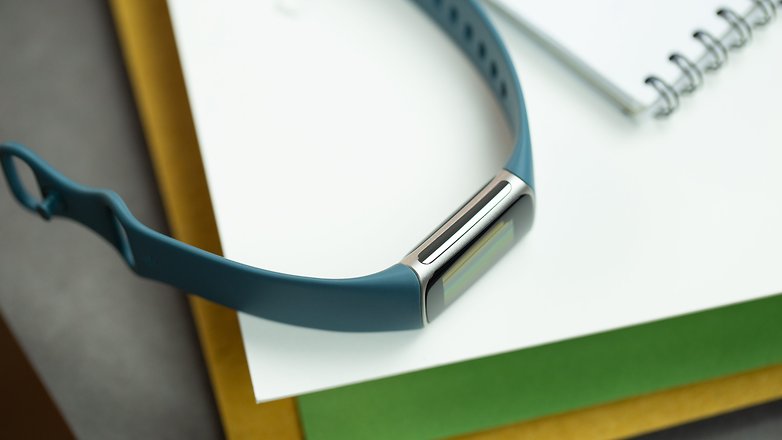
ECG, Afib, EDA & Co.
On the right and left sides of the Fitbit Charge 5 are two noticeable contact strips. These allow the tracker to measure electrodermal activity or take an ECG and detect ventricular fibrillation. The ECG feature is unfortunately not yet ready at market launch, but it will be in the future via a firmware update. Theoretically, it should also be possible to generate detailed PDFs where you can show the results to your doctor.
Electrodermal activity can already be measured right out of the box. To do so, simply select "EDA Scan" from the menu and then hold the tracker between your thumb and index finger for two to seven minutes. After querying your current mood, the Charge 5 then presents you with the number of EDA responses.
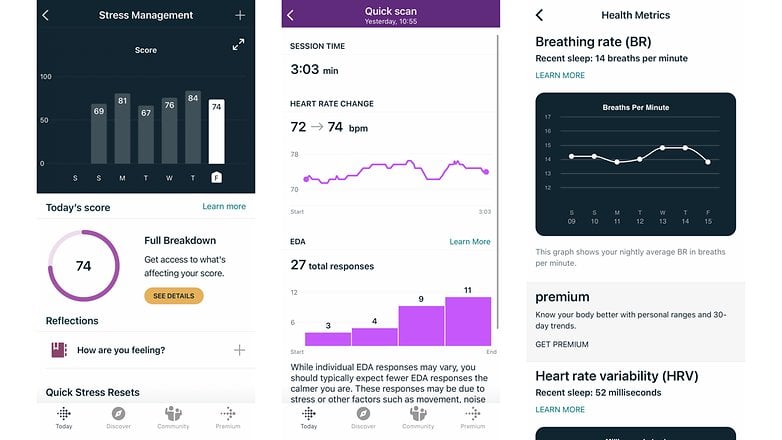
The lower the figure, the better. But apart from that, there's not much you can do with this abstract value, just like your stress management score. Assuming you score 84, clicking on "More details" takes you to the "Please sign up for Fitbit Premium" page. Rest assured, non-subscribers, it won't be long before you learn that Fitbit somehow cobbled this score from EDA responses, sleep, and daily activity.
By the way, Fitbit has also decided to get rid of the guided breathing exercises with the Charge 5, alongside the weather widget and remote Spotify controls. Only breathing exercises are available via the app.
GPS: Unfortunately inaccurate
Last but not least, the lowest point of this device: Unfortunately, the integrated GPS module is very inaccurate. By default, the Fitbit Charge 5 tries to use the smartphone's integrated GPS module for tracking. No wonder, since that works pretty well depending on the phone used. However, if you go running without a cell phone, then only the GPS module integrated into the fitness tracker remains.
The problem? The GPS module apparently transmits through the bottom of the Fitbit Charge 5. If you wear the fitness tracker too tightly on your wrist, the measurement becomes extremely inaccurate. Yes, loosening it helps. However, the heart rate measurement no longer works accurately. You have to find the sweet spot between too loose (pulse inaccurate) and too tight (GPS inaccurate).
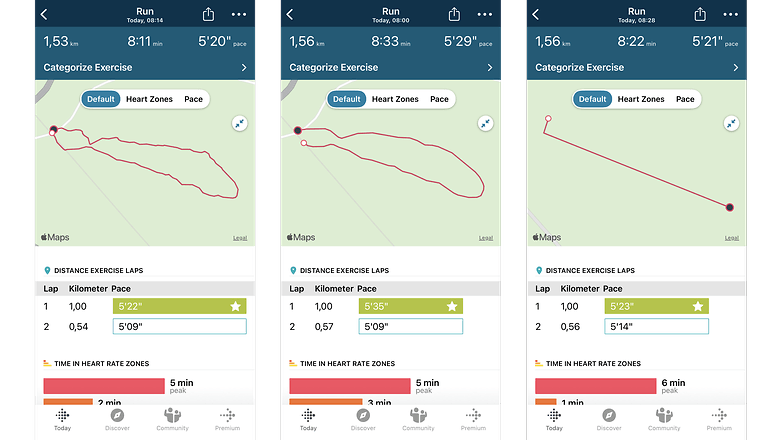
The sweet spot is larger for lighter skin tones and less body hair, since the Charge 5 has an easier time with optical heart rate measurement. The more body hair and the darker the skin tone, the more difficult it gets - and at some point, there might not be any intersection between usable GPS location and heart rate measurement anymore. If you always go for a workout with your smartphone anyway, it doesn't matter. But please don't buy the Fitbit Charge 5 for the integrated GPS module.
It is also a pity that Fitbit has removed the altimeter featured in the previous Charge devices from the Charge 5. Thus, the above run lacks about 30 meters of altitude difference, which is quite noticeable over one and a half kilometers. The Charge 5 also no longer tracks floors climbed in everyday use.
Plenty of metrics, but are they useful?
As great as all the sensors sound: The bottom line is that the Fitbit Charge 5 generates an extremely large amount of data, with which (currently) is simply hardly useful. Will the day shape index change anything when the feature is rolled out to Fitbit premium customers at some point? At least Fitbit promises that the fitness tracker or the app will recommend specific workouts based on the measured values in the future.
Fitbit Charge 5 battery
Fitbit promises up to seven days of battery life for the Charge 5. While the predecessor easily kept the very same promise, the current generation does not achieve this value. Not even close. Even with moderate use, it's over after four days at most.
What I liked:
- Still decent battery life although well below the manufacturer's specifications.
What I disliked:
- Shorter battery life than the Charge 4.
- Proprietary charging cable.
- No wireless charging support.
With default settings turned on and about an hour of exercise a day (indoor, without GPS), the Fitbit Charge 5 gave up the ghost after exactly four days. This is quite understandable, especially in view of the better display, and is by no means a poor value. But it is also approximately 40 percent less time than what was promised by the manufacturer. Such a degree of deviance is simply too much. By the way, the device stops running after about two days with Always-On display activated, and at least this value is in line with the manufacturer's specifications.
The fact that Fitbit gives its Charge series a new, proprietary charging cable every year does not make things any better. It does not have to be USB-C, but a different cable every year? Really? Qi Wireless Charging is also not supported once again this year, by the way.
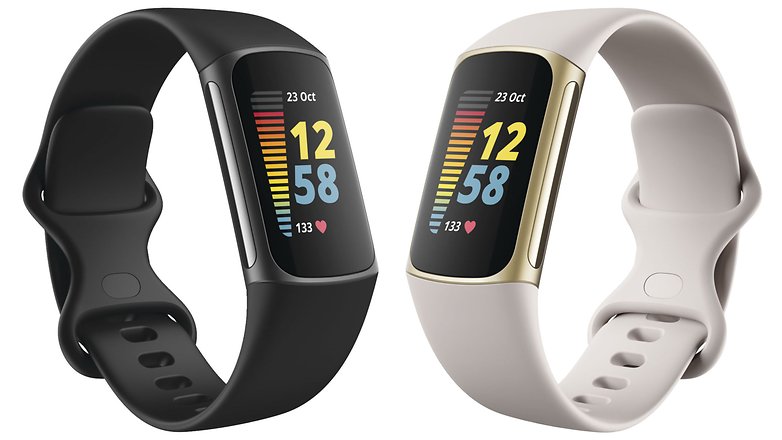
Conclusion
The Fitbit Charge 5 promises a lot of great things and definitely looks really stylish. However, many functions are not yet ready for the market launch, and the manufacturer has made its fair share of few blunders, especially the integrated GPS that simply drove me nuts. In addition, there is still no common thread as to what the user is supposed to do with the crazy number of accrued data.
Who knows? Perhaps the daily form index can provide a good answer here. However, this feature is still unavailable and will eventually be available for Premium customers only. That is simply not good enough for a fitness tracker with an asking price of $179.95.
